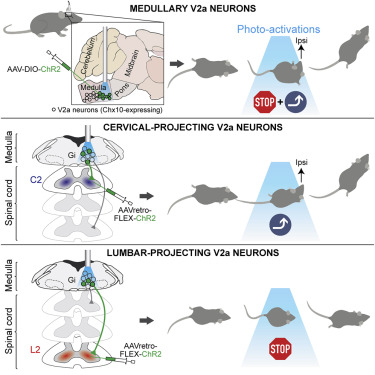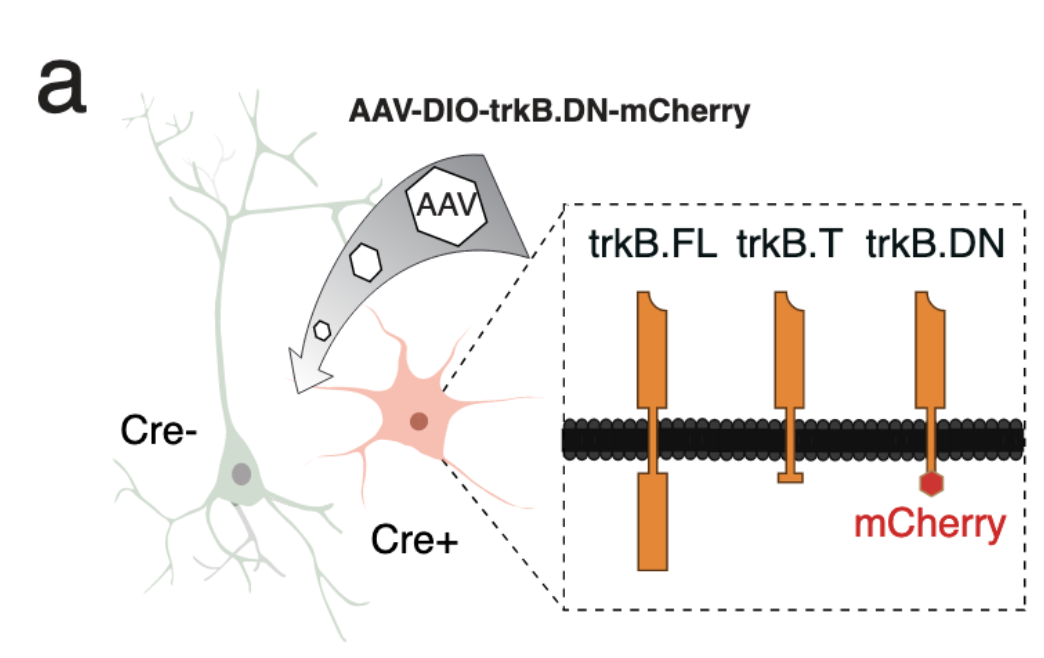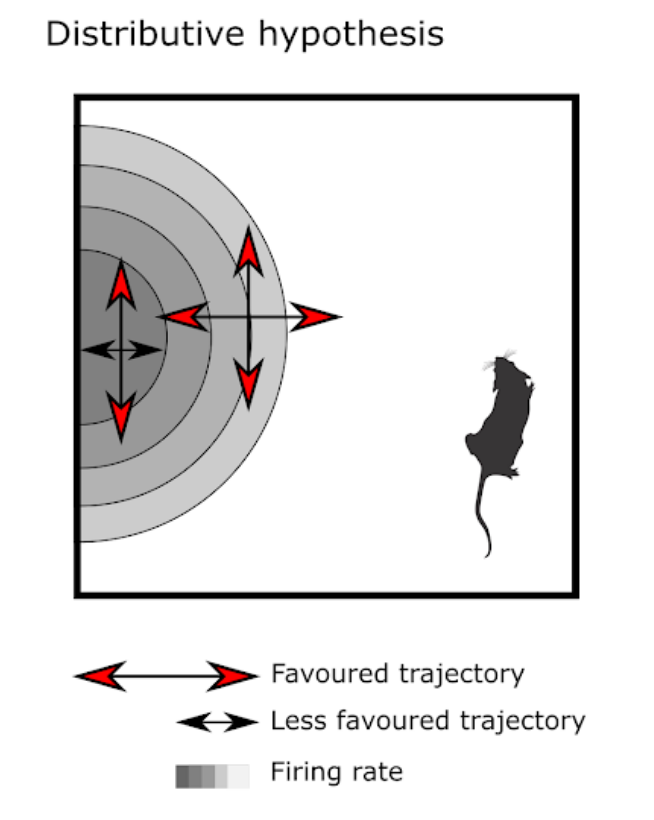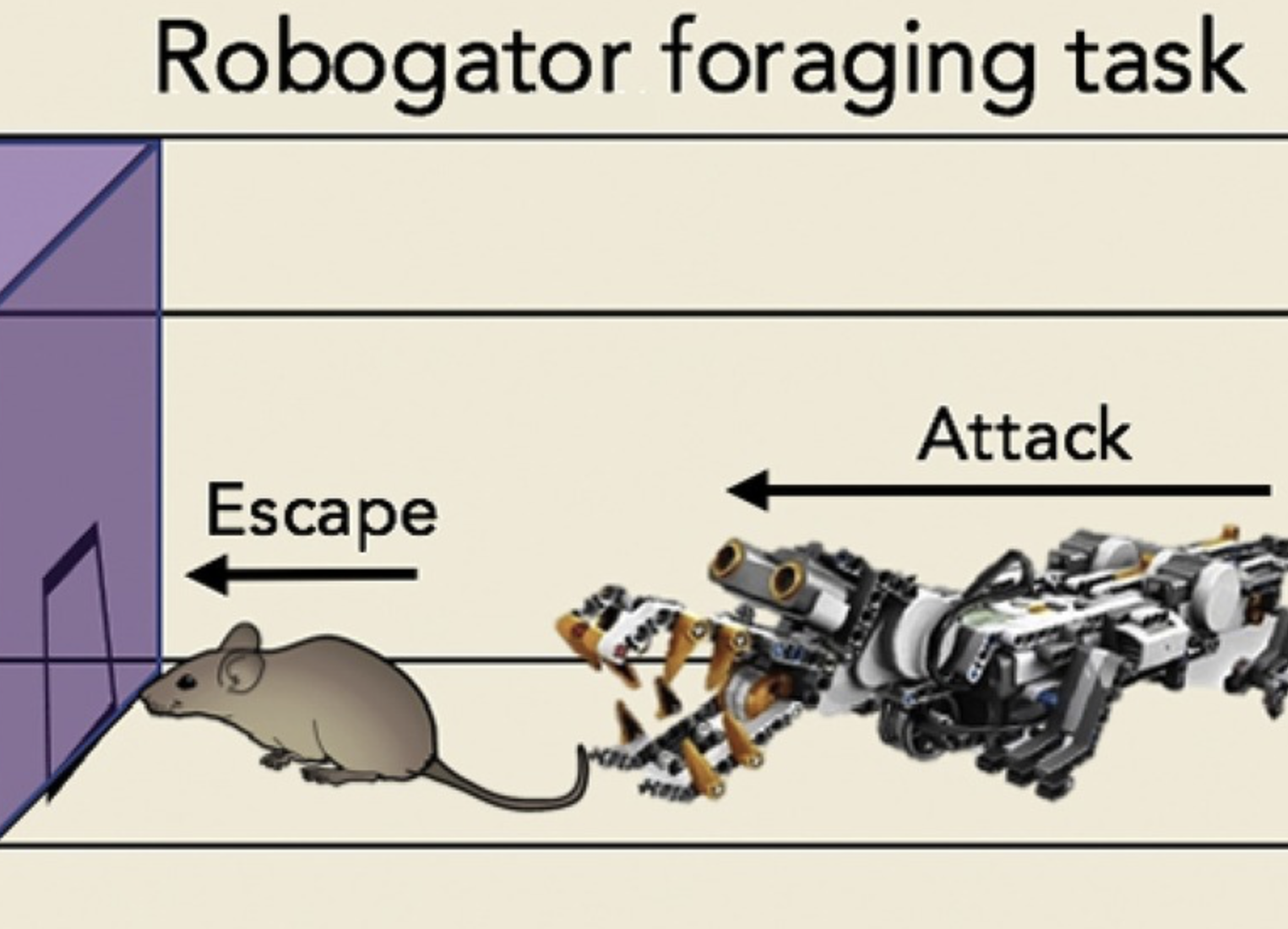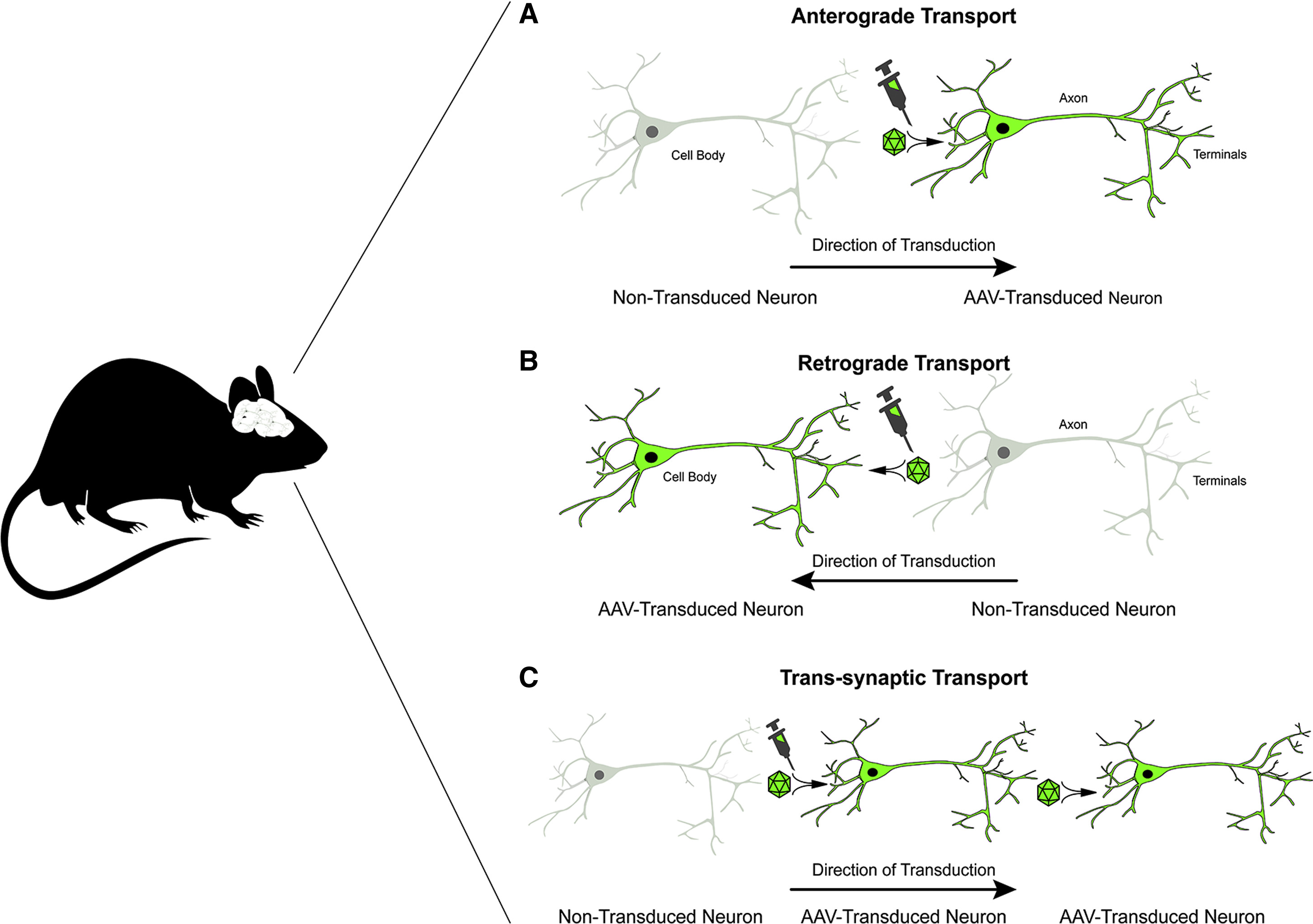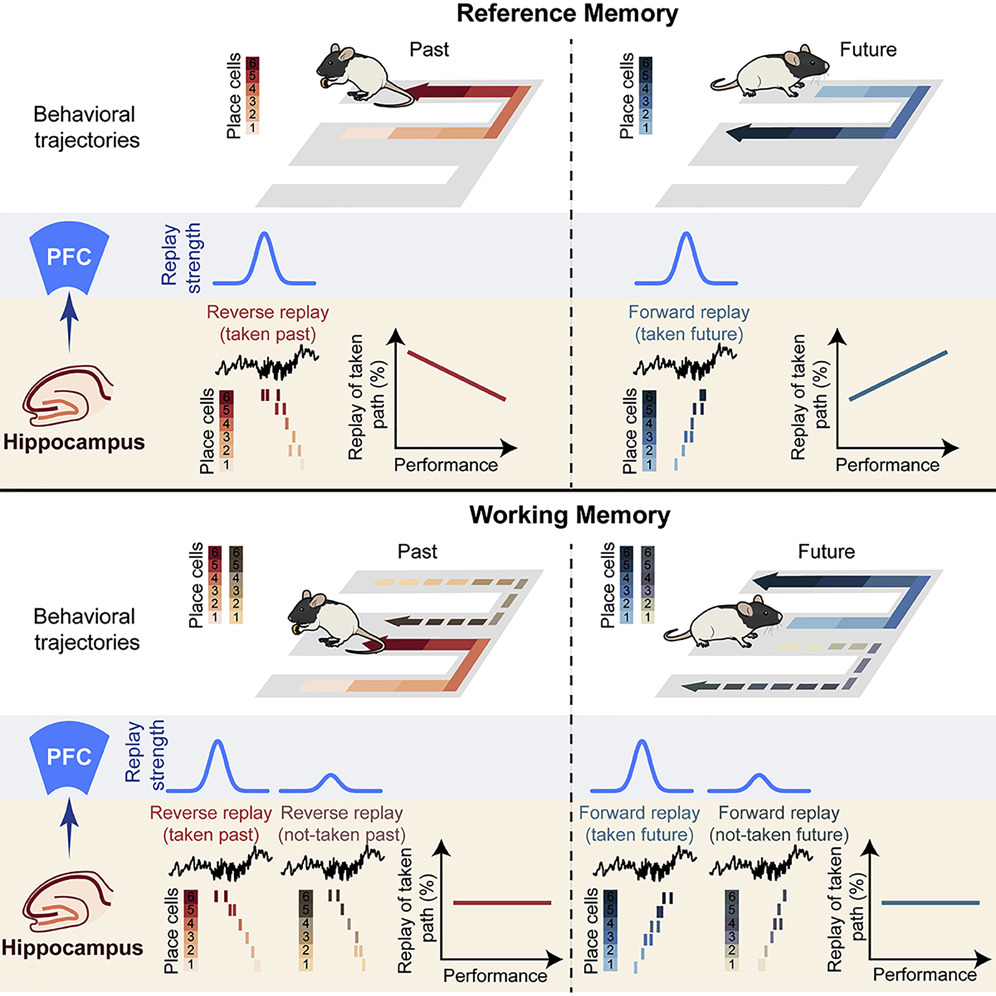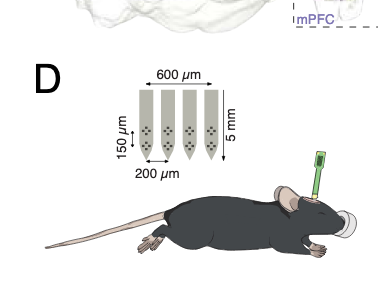
Network asynchrony underlying increased broadband gamma power
N. Guyon, L. R. Zacharias, E. Fermino de Oliveira, H. Kim, J. Pereira Leite, C Lopes-Aguiar, M Carlén
Synchronous activity of cortical inhibitory interneurons expressing parvalbumin (PV) underlies the expression of cortical gamma rhythms. Paradoxically, deficient PV inhibition is associated with increased broadband gamma power. Increased baseline broadband gamma is also a prominent characteristic in schizophrenia, and a hallmark of network alterations induced by N-methyl-D-aspartate receptor (NMDAR) antagonists such as ketamine. It has been questioned if enhanced broadband gamma power is a true rhythm, and if rhythmic PV inhibition is involved or not. It has been suggested that asynchronous and increased firing activities underlie broadband power increases spanning the gamma band. Using mice lacking NMDAR activity specifically in PV neurons to model deficient PV inhibition, we here show that local LFP (local field potential) oscillations and neuronal activity with decreased synchronicity generate increases in prefrontal broadband gamma power. Specifically, reduced spike time precision of both local PV interneurons and wide-spiking (WS) excitatory neurons contribute to increased firing rates, and spectral leakage of spiking activity (spike “contamination”) affecting the broadband gamma band. Desynchronization was evident at multiple time scales, with reduced spike-LFP entrainment, reduced cross-frequency coupling, and fragmentation of brain states. While local application of S(+)-ketamine in wildtype mice triggered network desynchronization and increases in broadband gamma power, our investigations suggest that disparate mechanisms underlie increased power of broadband gamma caused by genetic alteration of PV interneurons, and ketamine-induced power increases in broadband gamma. Our studies, thus, confirm that broadband gamma increases can arise from asynchronous activities, and demonstrate that long-term deficiency of PV inhibition can be a contributor.

